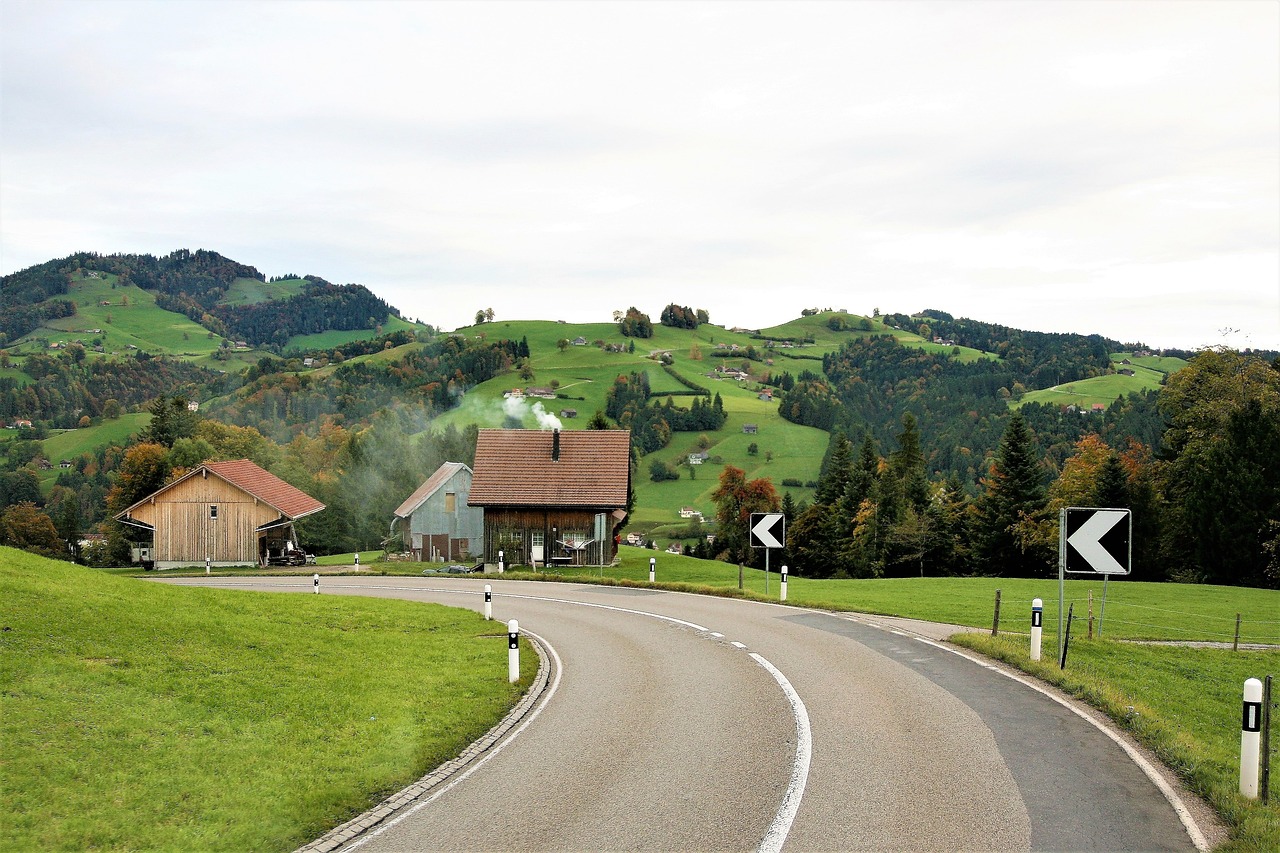Dark Tourism: Exploring Sites with Historical or Tragic Significance
Dark tourism, also known as black tourism or grief tourism, involves visiting sites associated with death, disaster, or tragedy. While the concept has gained popularity in recent years, its roots can be traced back to ancient times. Pilgrimages to sites of significant historical events or religious martyrdom have long been a common practice, showcasing humanity’s enduring fascination with morbidity and mortality.
The term “dark tourism” itself was first coined by travel scholars in the 1990s to describe the increasing interest in visiting sites linked to death and suffering. This emerging trend has sparked debates among scholars and ethicists about the motivations behind such visits and the ethics of commodifying tragedy for tourism purposes. Despite the controversies surrounding dark tourism, the industry continues to thrive, with tourists seeking both educational experiences and a morbid curiosity about the darker aspects of human history.
Sites of Natural Disasters
Visiting sites of natural disasters can be a somber yet impactful experience. These locations bear witness to the immense power of nature and the devastating consequences it can have on human lives. From earthquake-ravaged landscapes to towns submerged under the wrath of tsunamis, these sites serve as stark reminders of our vulnerability in the face of natural forces beyond our control.
Walking through the remnants of such disasters, one can’t help but feel a sense of awe mixed with sadness. The sheer scale of destruction and the stories of survival and loss that unfold in these places leave a profound mark on visitors. Despite the tragedy that occurred, these sites also highlight the resilience of communities as they rebuild and persevere in the aftermath of chaos.
Memorial Sites of Human Tragedies
One cannot help but feel a sense of solemnity while visiting memorial sites dedicated to human tragedies. The heavy atmosphere envelops visitors as they navigate through the somber reminders of past events that shaped history. These sites serve as poignant reminders of the fragility of human life and the enduring impact of catastrophic events on communities and societies.
Walking through these memorial sites, one is confronted with the stark reality of the tragedies that unfolded, each exhibit or monument telling a story of loss, despair, and resilience. Visiting these sites is not merely a historical excursion, but a deeply emotional experience that prompts reflection on the darker aspects of humanity. The memorials stand as testaments to the lives lost, urging visitors to remember and learn from the past to ensure such tragedies are never repeated.





